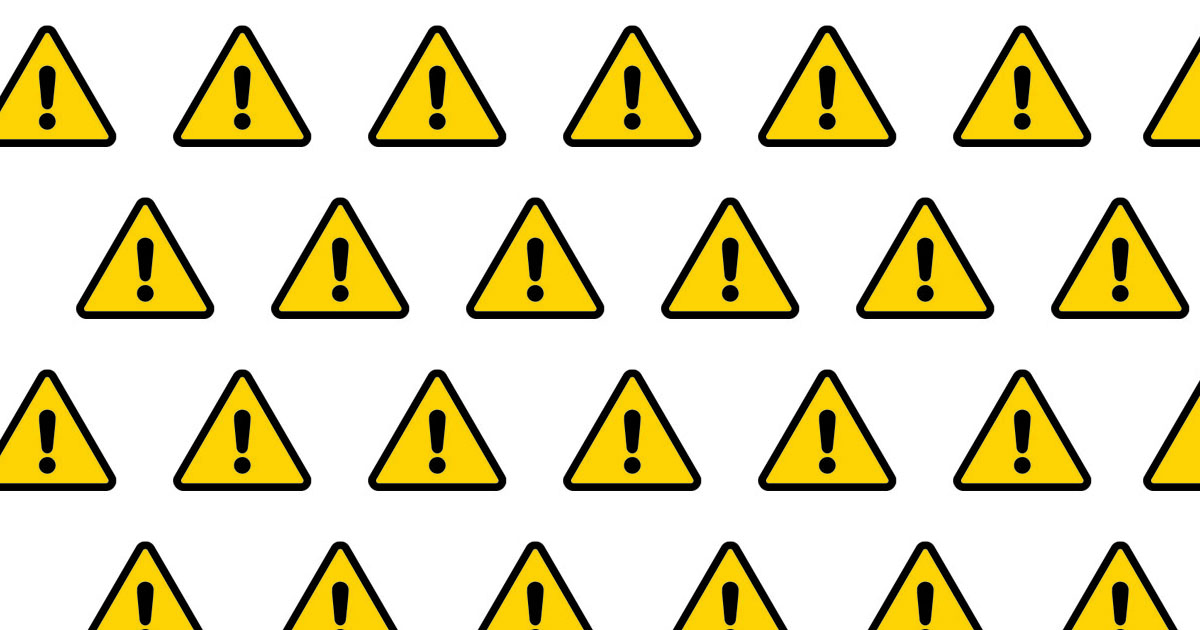How to Dispose of Hazardous Household Items Safely
Proper disposal of hazardous household items is crucial to protect your health, safety, and the environment. These materials can be found in many common household products and require special handling to ensure they are disposed of safely. Here’s a comprehensive guide on how to dispose of hazardous household items and how GKA Property Clearance can assist you in this process.
Understanding Hazardous Household Items
Hazardous household items include any products that contain chemicals that can pose a risk to human health or the environment if not handled properly. Common examples include:
- Batteries: Including car batteries, rechargeable batteries, and single-use batteries.
- Paints and Solvents: Oil-based paints, paint thinners, varnishes, and stains.
- Cleaning Products: Bleach, ammonia, and other strong cleaning agents.
- Pesticides and Herbicides: Chemicals used for pest and weed control.
- Automotive Products: Motor oil, antifreeze, brake fluid, and other car maintenance products.
- Electronics: Items containing mercury or other hazardous materials, such as old televisions, computer monitors, and fluorescent light bulbs.
- as old televisions, computer monitors, and fluorescent light bulbs.
Proper Disposal Methods
- Identify Hazardous Items
- Carefully read labels to identify hazardous materials. Look for words like “danger,” “warning,” “caution,” or “poison.”
- Follow Local Regulations
- Check with your local waste management authority for guidelines on disposing of hazardous materials. Regulations vary by location.
- Use Designated Disposal Sites
- Many communities have designated disposal sites or events for hazardous waste. These may include:
- Household Hazardous Waste (HHW) Collection Events: Scheduled events where residents can drop off hazardous waste.
- Permanent Collection Centers: Facilities that accept hazardous waste year-round.
- Many communities have designated disposal sites or events for hazardous waste. These may include:
- Proper Storage Before Disposal
- Store hazardous materials in their original containers with labels intact. Ensure lids are tightly sealed to prevent leaks and store them away from children and pets.
- Do Not Mix Hazardous Materials
- Never mix different hazardous materials together. This can cause dangerous chemical reactions.
- Recycle When Possible
- Some hazardous materials, like batteries and electronics, can be recycled. Check for local recycling programs that accept these items.
- Use Manufacturer Take-Back Programs
- Some manufacturers offer take-back programs for products like electronics, batteries, and paints. Check if the brand you use offers such a program.
How GKA Property Clearance Can Help
At GKA Property Clearance, we understand the complexities and risks involved in disposing of hazardous household items. Our professional services are designed to handle these materials safely and efficiently, ensuring compliance with all local regulations and best practices.

